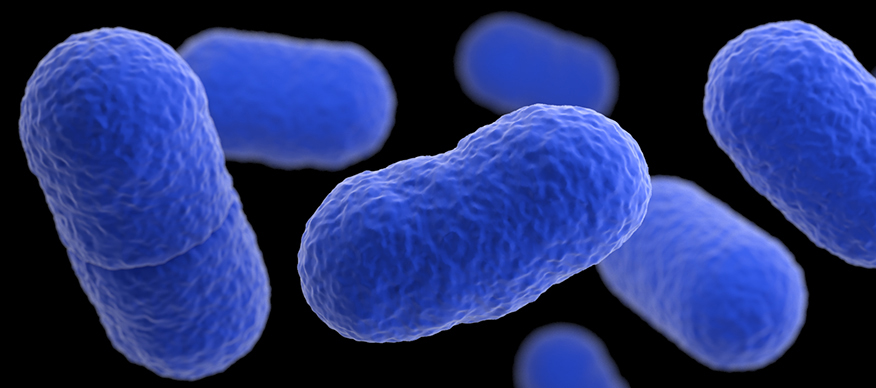Listeriosis
 Listeriosis is a serious infection usually caused by eating food contaminated with the bacterium Listeria monocytogenes (the only species of 20 to affect humans thus far). This bacterium is fascinating in many respects, in that:
Listeriosis is a serious infection usually caused by eating food contaminated with the bacterium Listeria monocytogenes (the only species of 20 to affect humans thus far). This bacterium is fascinating in many respects, in that:
- it is the only gram-positive bacteria that produce an endotoxin Endotoxin – a toxic piece of the cell membrane that shed continuously when the bacteria is alive and becomes even more widely dispersed when the bacteria is killed.
- it can evade the immune system because it is a facultative intracellular organism Facultative Intracellular Organism – a bacteria that is able to live inside immune system cells (macrophage and neutrophils) without being damaged.
- it tends to gravitate to the nervous system to cause disease.
In the past, Listeria mostly infected sheep and cattle, but because it is found in the soil and natural bodies of water, it can readily contaminate plants and animal products.
People usually report symptoms starting from the day of exposure to weeks or months after consuming the contaminated foods. An estimated 1,600 people get listeriosis each year and about 260 die. The mortality rate in diagnosed cases is 20 to 25 percent.
Listeria infection is particularly problematic for neonates and adults that are immunocompromised – including patients with cancer, AIDS, kidney disease, pregnant women and the elderly. Uninfected mothers can also pass on the infection to a newborn via the placenta.
In non-pregnant, immunocompetent persons, symptoms can range from a mild illness characterized by fever, headaches, nausea and vomiting to a more serious condition with severe symptoms including stiff neck, muscle aches, confusion, balance problems and convulsions. Pregnant women can suffer from intrauterine or cervical infections that can precipitate miscarriages or still births. Newborns can contract meningitis as well as diarrhea and fevers.
Recent cases of listeriosis have been linked to contaminated pork products, but in past years outbreaks have been caused by raw milk, soft cheeses made with raw milk, and raw or refrigerated ready-to-eat meat, poultry and fish products, frozen vegetables, ice cream and caramel apples (in 2015 with deaths). In 2011, a large outbreak of listeriosis was caused by cantaloupe contaminated during processing at one facility causing 33 deaths.
Preventive measures for listeriosis include maintaining good sanitation, turning over refrigerated ready-to-eat foods quickly, pasteurizing milk, avoiding post-pasteurization contamination, and cooking foods thoroughly.
Learn more about Listeriosis and how to protect yourself at: https://www.cdc.gov/listeria/
Additional References:Clinical Microbiology made ridiculously simple. Edition 3. Mark Gladwin, M.D. and Bill Trattler, M.D.